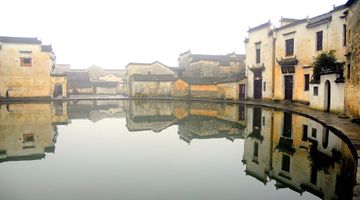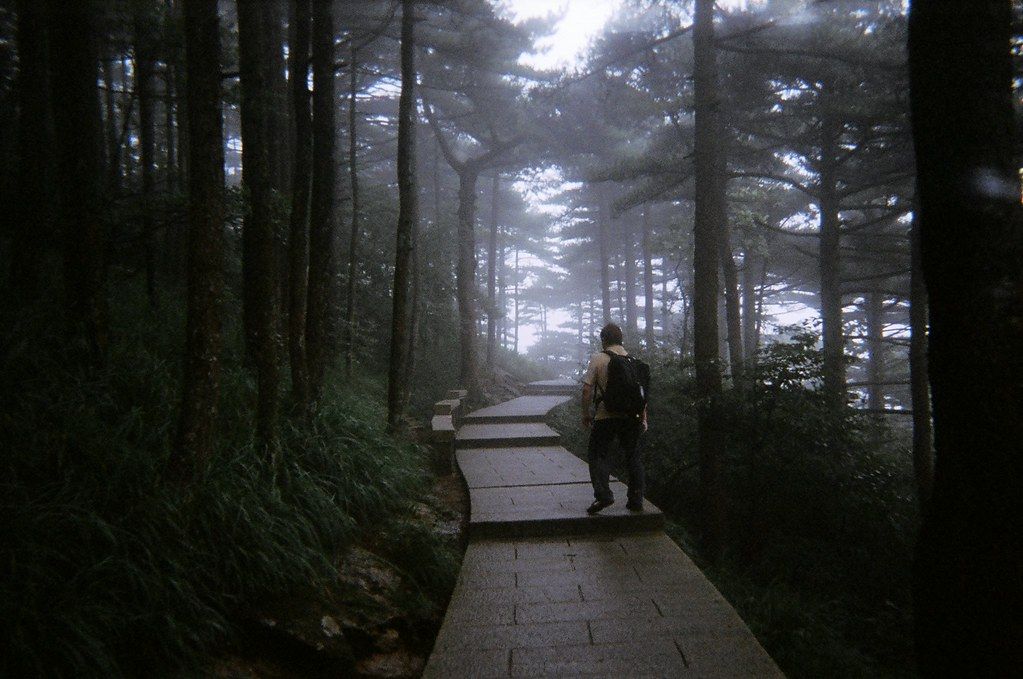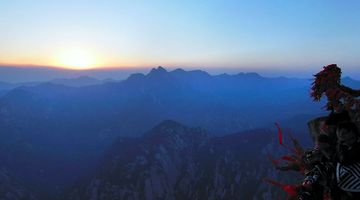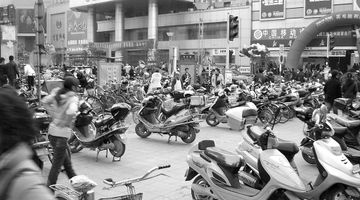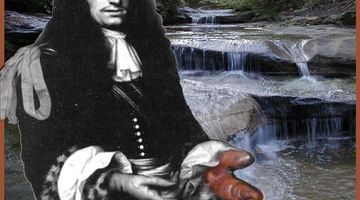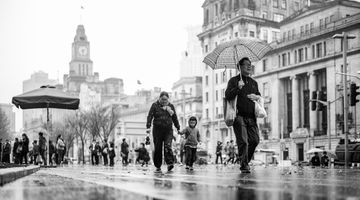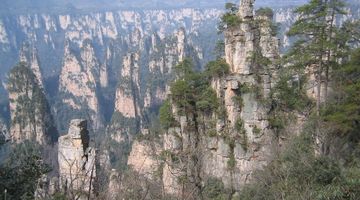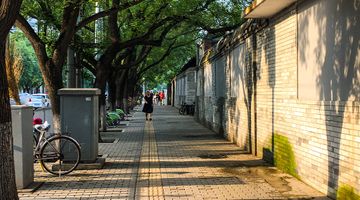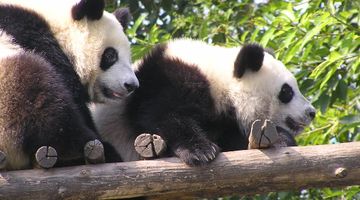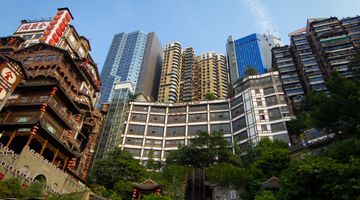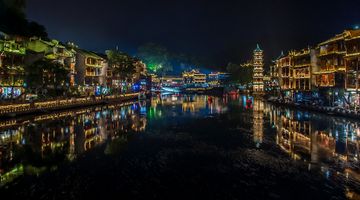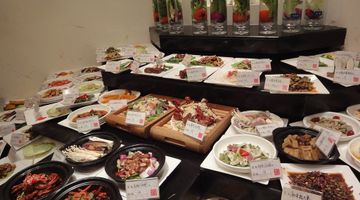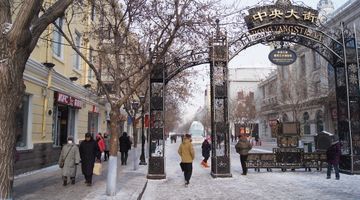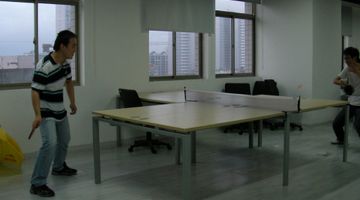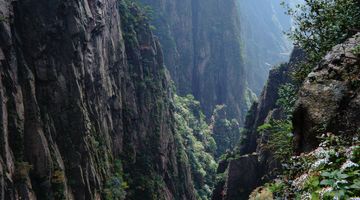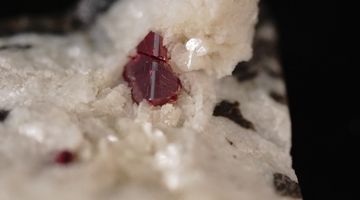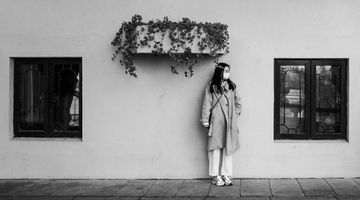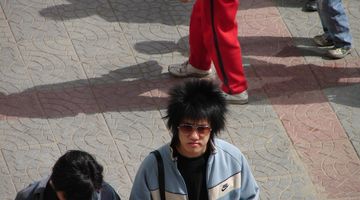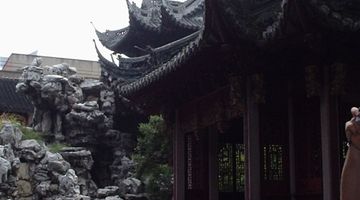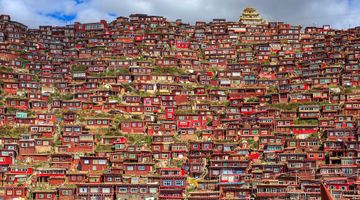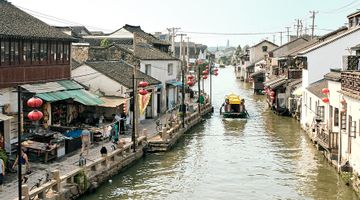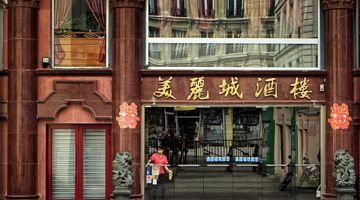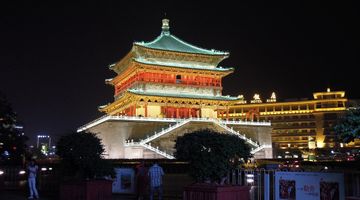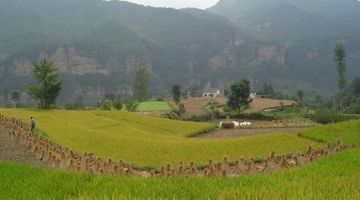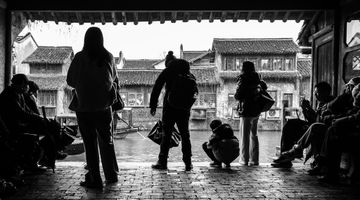Anhui China – Your Quick Travel Guide
In a nutshell
Anhui province is located in the east of China and surrounded by six other provinces, its main attractions are its capital Hefei City and Mount Huangshan on its southern border with Jiangxi province.
Where should you Visit in Anhui Province?
Hefei is an ancient city with over 2000 years of history and several attractions draw visitors here. The biggest in size at least is Chao Lake, one of the five biggest fresh water lakes in China and measures 54km by 15km in size. There is a cycle route around the lake or you can take a tourist bus to the attractions of Zhongmiao Temple, Yinping Mountain and Mushan Island. At the southern end of the lake you will find Sanhe Ancient Town and Shengqiao Ancient Tomb. The Memorial Temple to Lord Bao is located in Baohe Park in the south east of the city. Lord Bao, or Bao Zheng lived from 999-1062 and was an officer during the Northern Song Dynasty. Many temples were built to commemorate his death and the most famous one is here in his home city.
Huangshan city is a major tourist destination because of the nearby Yellow Mountain Scenic Area. In addition to the mountain itself there are also several ancient villages in the Huizhou style. The top attractions here include Tunxi Ancient Street, as well as Xidi and Hongcun Ancient Villages. It will take about an hour by bus from the city to reach the scenic area. Shexian at the foot of the mountain is full of memorial archways and temples. The village is full of small streams that are crossed by several beautiful small bridges. The mountain was the first in China to be noted for its scenery, with the “Flying Over Stone” and Lotus Peak being the most visited areas. Lots of people will climb up in darkness to be at the summit as the dawn breaks. It is one of the most inspiring sights I have ever seen.
Anqing city has the attraction of Yingjiang Temple located on the Yangtze River and from its 7 storey high pagoda offers some wonderful views of the city. Close to the city is Mount Tianzhu, one of Anhui’s three famous mountains. It is famed for its peaks, caves and its beautiful green environment.
Bozhou in the north west of Anhui province, it has an underground tunnel system built of brick, clay and wood beneath the old city centre that dates from the Three Kingdoms Period of 220-280AD. Another wooden attraction is the Great Guandi Temple, a stage for opera performances built during the Qing dynasty. The wooden stage has several exquisitely engraved carvings. The Huazu An, or nunnery that has existed since the Tang and Song dynasties, was established to recognize Huatuo. He is regarded as the father of surgery for his creating a form of anesthesia over 1600 years ago.
Huaibei is located in the north of the province and surrounded by the provinces of Jiangsu, Shandong and Henan. Its attractions include Xiangshan Mountain with the Xiantong Temple being the site that attracts most visitors. The temple was originally built during the Western Jin Dynasty of 265-316. Another attraction in the area is that of Linhuan Ancient Tea Town, the town is over 3000 years old and is famous for an uprising over tea culture more than 600 years ago. The town’s central street runs for 500 metres and is home to 16 teahouses.
Wuhu city is in the south east of the province and sits on the southern bank of the Yangtze River. Its major tourist destination is Zheshan Park, it combines entertainment with historical attractions and local scenery. There is a zoo, a playground for children, a watchtower, pavilion and the Guangji Temple. It is a famous site of Buddhism in Anhui dating from the Tang dynasty.
Longchuan Scenic Area is an ancient village 11km from Jixi city in Xancheng County in the south east of Anhui and the ancestral home of the Hu Family for around 1000 years. It lies in a small basin surrounded by towering mountains. You will find no less than 7 major attractions here.
When should you Visit Anhui?
The annual average temperature is between 14C and 17C although its winters are cold and summers hot. The best time to visit is in the spring months from April until June, or during the autumn months from September until November. If you like the snow then Huangshan and the Yellow Mountain are absolutely beautiful in the winter and less crowded.
Where to stay in Anhui
There are thousands of hotels to choose from across Anhui and to suit all budgets. You will of course get the best options in cities such as Hefei and Huangshan, although in the smaller cities there is less options but often at lower prices. You can try booking online at sites such as expedia or tripadvisor, they can show you the best prices and can usually secure discounts.
Where and What to Eat
The cuisine of Anhui is also known as Hui cuisine and is one of the 8 Culinary Traditions of China. It originated in the Huangshan region of southern Anhui and is very similar to the style found in neighbouring Jiangsu province. Wild herbs are used in local dishes that feature braising and stewing over frying methods.
Some of the most famous dishes include Stinky Tofu, Egg Dumplings and Luzhou Roast Duck. Hefei was once known as Luzhou and this dish is similar to Beijing Duck. Wushan Imperial Goose and the wonderful sounding Steamed Stone Frog are also local delicacies.
How to get around Anhui
There are currently 5 airports within Anhui province, with another 4 under construction. The busiest two airports are at Hefei and Huangshan. There used to be a problem in travelling from the south to the north of the province as the Yangtze River was a barrier until the first Yangtze Bridge in Anhui was built in 1995, there are now four bridges across the river within Anhui.
Within the last 20 years the rail system in Anhui has improved dramatically with most of the main cities in the province now connected by the high speed rail network. Hefei South Railway Station is the main railway hub for this region. A high speed train from Hefei South to Huangshan North will take 90 minutes and cost CNY140.50. A normal train from Hefei to Huangshan station takes almost 7 hours and a hard sleeper costs CNY145.50.
There is also a good system of express buses operating between the main cities in the province with buses from Anqing to Hefei taking about 3 hours.
How to get to and from Anhui
By air
Hefei’s International Airport has flights to and from most of China’s major cities in addition to some international destinations throughout Asia. A flight from Guangzhou to Hefei will take 75 minutes and costs from CNY700. Huangshan’s International airport covers less destinations than those to Hefei and the only international destination are to South Korea, Japan and Thailand.
By bus
There are express bus services from the main cities in the surrounding provinces into Anhui in addition to buses operating from Shanghai to destinations such as Huangshan and Hefei.
By train
Trains are probably the most convenient way into the province, there are 18 trains every day from Beijing to Hefei, most of them taking just under 5 hours and costing CNY436 for a second class seat. The slower trains take between 9 and 12 hours to make the journey and a hard sleeper will cost CNY289.50. If you want ultimate luxury you can buy a deluxe soft sleeper ticket on the T63 train and the 12 hour journey will cost CNY745.50.
How safe is it in Anhui?
The major cities are used to seeing a few foreigners and apart from a few stares you will not be in any danger. There is however always a risk of an injury when out and about in the mountains and Anhui has plenty of outdoor attractions to entertain its visitors.
Should you require medical assistance then you should not have any problems in Anhui although communicating your needs in English might not be easily achieved.
